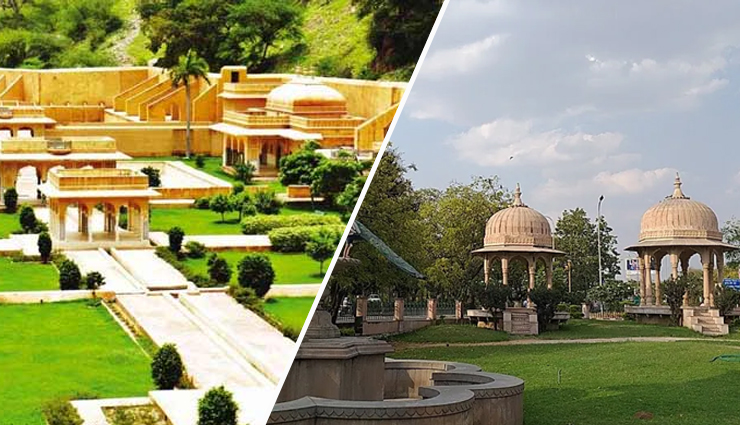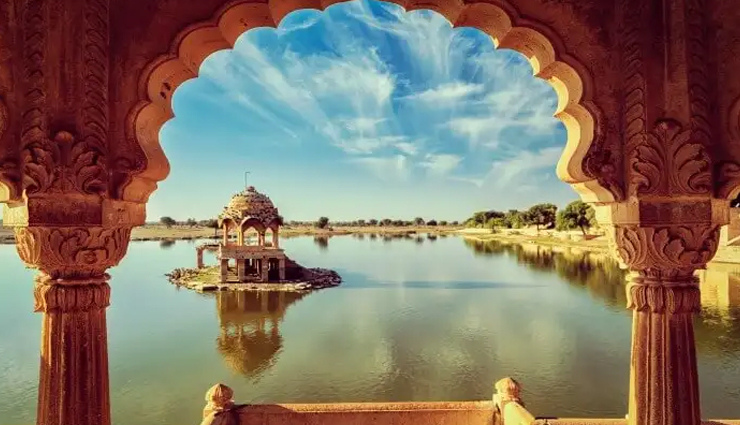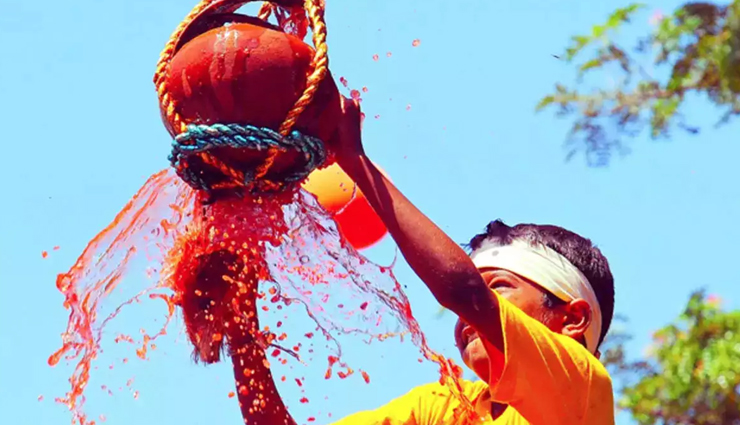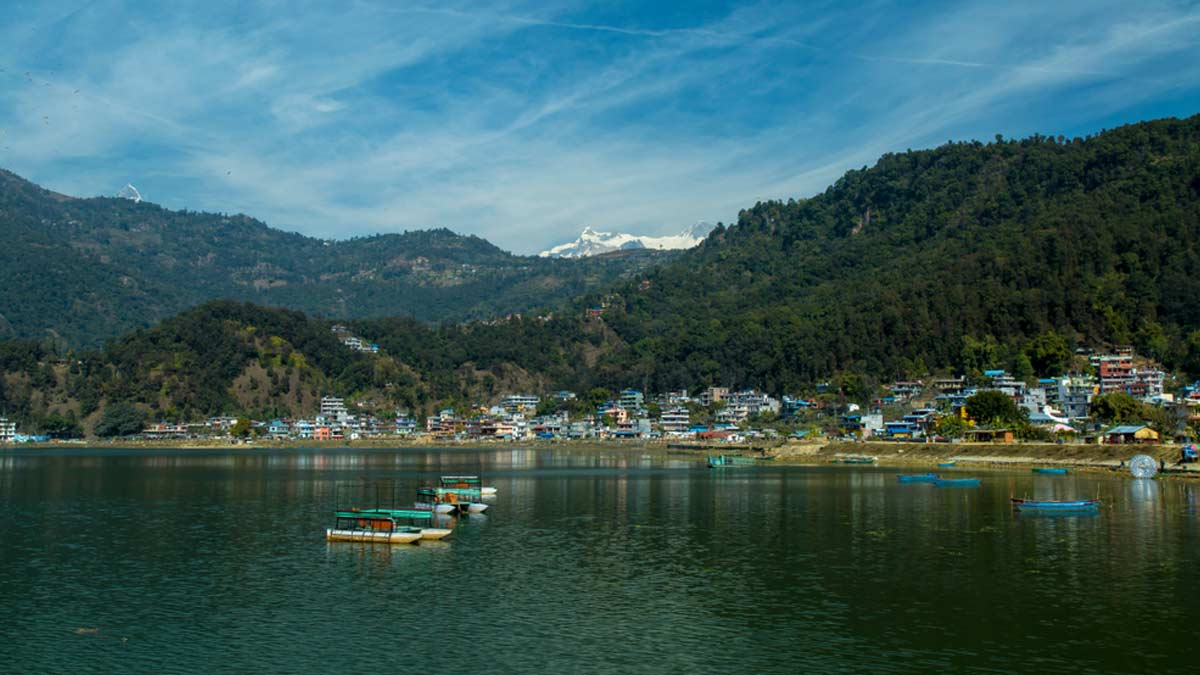Ajmer of Rajasthan is considered to be a great place in terms of tourism, which is known worldwide for the tomb of Moinuddin Chishti. Along with this, many tourist places become the attraction of Ajmer, one of which is Adhai Din Ka Jhopra. This Indo-Islamic architecture site was reportedly constructed in two and a half days and hence the name "Adhai Din Ka Jhopra". It is not a hut but a mosque, which is hundreds of years old. It is one of the oldest mosques in India and the oldest monument in Ajmer. Today in this episode we are going to give you important information related to its history and architecture. Let's know...

History of the two-and-a-half-day hut
Adhai Din ka Masjid is a mosque built within two and a half days by the order of Mohammad Ghori. Muhammad Ghori ordered this mosque to be built within 60 hours and workers working day and night was only able to build a screen wall so that the Sultan could offer his prayers. Under the Chauhan dynasty, Adhai Din Ka Jhopra was a Sanskrit college built by Vigraharaja IV, also known as Visaldev, who belonged to the Shakambhari Chahamana or Chauhan dynasty. This college was constructed in a square shape and a dome-shaped pavilion was built at each of its corners. There was also a temple dedicated to Goddess Saraswati, the goddess of knowledge. Hindu and Jain's architecture was used in the construction of the building. Some historians say that the mosque was built with the materials of some old and abandoned Hindu temples that were demolished. Whereas many people say that it was a Sanskrit college of Jains.
Locals say the mosque was built after the defeat of Prithvi Raj Chauhan III by Muhammad Ghori in the Second Battle of Tarain. After defeating Prithvi Raj Chauhan III, once Mohammad Ghori was passing through Ajmer, where he saw many Hindu temples after which he ordered Qutbuddin Aibak to build a mosque so that he could offer prayers there. He also ordered that the mosque was to be built within two and a half days. The workers worked hard and were able to build a screen wall where the Sultan could pray. According to an inscription, the construction of this mosque was completed in 1199. Iltumish, the successor of Qutbuddin Aibak, built a wall with arches and inscriptions on it.

The history behind the name
There is a long story called Adhai Din Ka Jhopra. It is believed that then Mohammad Ghori was passing through Ajmer after defeating Prithviraj Chauhan. During this time, he saw a very good Hindu religious place in terms of Vastu. Ghori ordered his commander Qudubuddin Aibak to build a mosque at the most beautiful of these sites. Ghori gave 60 hours i.e. two and a half days for this. It was designed by the architect Abu Bakr of Herat during Ghori. Hindu workers worked continuously for 60 hours without stopping and got the mosque ready. Now it was not easy to demolish the entire building in two and a half days, so the artisans engaged in the work of building the mosque made some changes to it so that Namaz could be offered there. The year engraved on the main arch of the mosque shows that this mosque was built in April 1199 AD. In this context, it is one of the oldest mosques in the country.
Mosque architecture
The mosque is one of the earliest examples of Indo-Islamic architecture. It was designed by the architect Bakr of Herat who was with Muhammad Ghori. The mosque was built entirely by Hindu masons. The exterior of the building is square, measuring 259 feet from each corner. It has two entrances, one in the south and one in the east. The prayer hall (the original mosque) is located to the west, while the north side is a rock cliff. The original mosque building on the west side has 10 domes and 124 pillars; The eastern side has 92 pillars; And the rest have 64 pillars at each corner. Thus, there are 344 pillars in the entire building. Of these, only 70 pillars are in good condition. The main arch is about 60 feet high, and six smaller arches have been erected beside it. For the passage during the day, there are small rectangular panels, similar to those found in earlier Arab mosques.
How was this building before
Built during King Vigraharaja IV, this college was a wonderful example of architecture. It was square, on each side of which there was a dome-shaped umbrella. Well, there is different information about the history of this building. For example, those who believe in Jainism say that here Seth Vikramdev Kala had prepared it as a Jain pilgrimage in 660 AD to celebrate the Jain festival Panch Kalyanak. According to Alexander Cunningham, director general of the Archaeological Survey of India during the British period, who had previously been a chief engineer in the British Army, the arches in the mosque may have been taken from demolished temples. There are about 700 such arches, which have a glimpse of Hinduism.

In later years, the two-and-a-half-day hut mosque remained out of the public eye. Oriental scholar James Tod of the British period visited the mosque in the year 1891. This mosque is mentioned in his book Annals and Antiquities of Rajasthan. There must have been a building. From the year 1875 to the next year, excavations went on for archaeological information around it. During this time many such things were found, which are related to Sanskrit and Hindu theology. These are kept in the museum of Ajmer. At present, this mosque is considered a unique example of Indo-Islamic architecture, and tourists from all over the country and abroad come to see it.
Best time to visit Aadi Daya Jhonpra
The best time to visit Ajmer is from October to March which includes the monsoon and winter seasons. The scorching heat of summer can bother you during April and June. It is a better option to avoid traveling to Ajmer during this time. Most of the festivals, both religious and cultural are celebrated during October and November which is why this time is considered to be the best time to visit Ajmer. The two-and-a-half-day hut remains open from 6 in the morning to 6 in the evening. No entry fee is charged for visiting the hut for two and a half days from inside.










